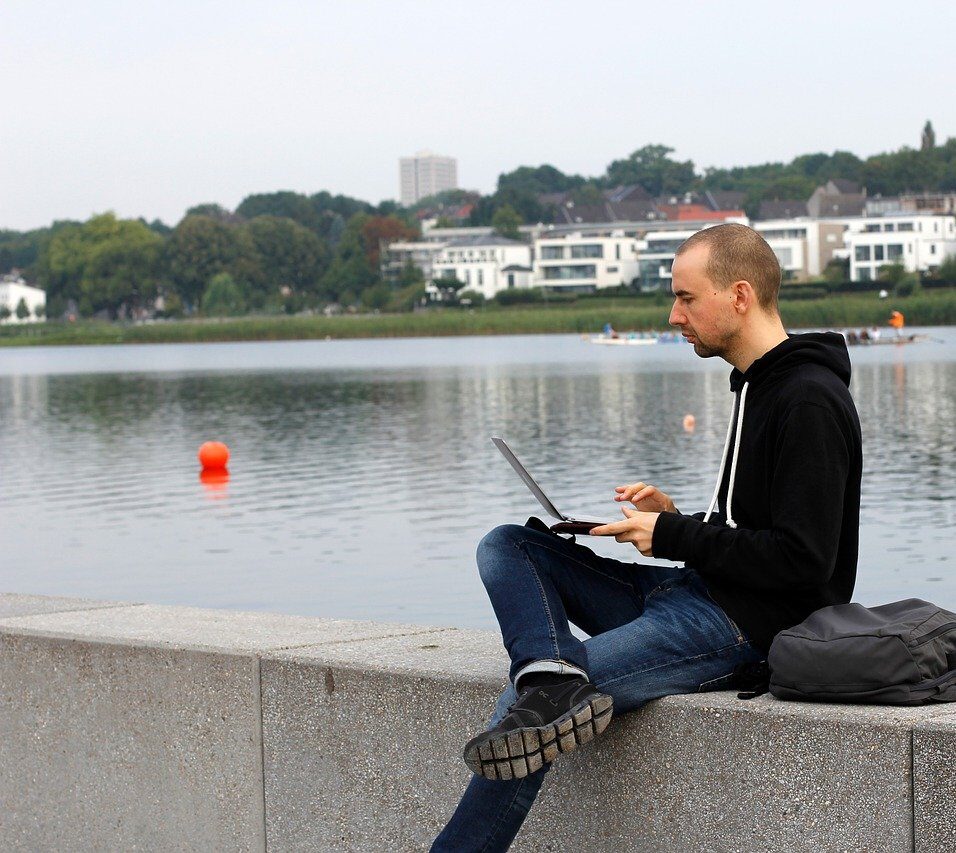#WFH: What Does Productivity Look Like Today?
What productivity looks like also needs to be defined and communicated. This has become very challenging in the age of the knowledge worker. It was easy to count widgets, containers or tons and know what productivity looked like, but when the commodity is ideas and knowledge it becomes a lot more difficult. This requires clear analytics and objectives to be defined early on by the organization’s leadership and then clearly communicated to employees. No one can be held accountable for productivity and performance if they don’t know what that means. Realistic and affirmative expectations and metrics are important in defining and measuring productivity.
So leadership, in the world of the virtual worker, needs to make some decisions about business direction, common objectives and employee performance support. Certainly, in the age of “big data,” the information and tools exist to analyze just about anything. None of that really matters, however, if we don’t do it. And this cannot be a token superficial effort. Managing people in the virtual environment will take some real initiative from the top and all the way through the ranks. It will require looking at those things your organization may not want to look at, like defining what you want from your employees and why and how you expect to get it. Most importantly, leading in the virtual environment requires trust. Trust is a two-way street that includes defining and communicating what is expected and then supporting people, not commanding them.
#WFH, #RemoteWorkplace, #RemoteWorker, #WorkFromHome, #BobbeGB, #BobbeBaggio, #ThePajamaEffect, #Touchpoints, #Virtual Workplace, #Virtual Worker, #PJEffect, #LinkedInNewsLive





